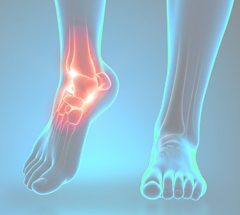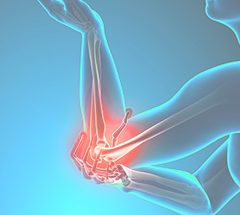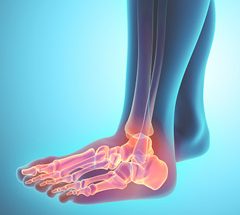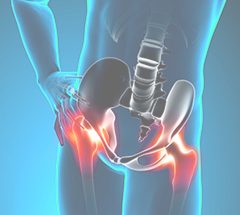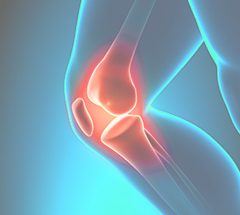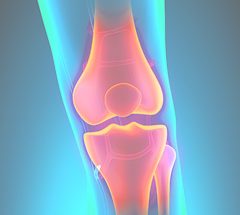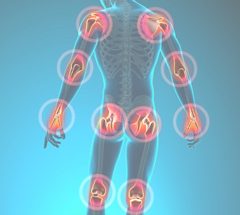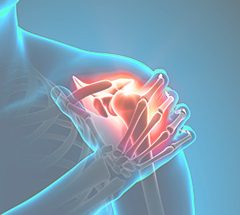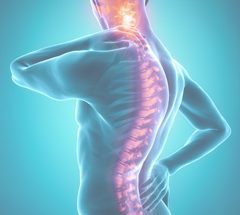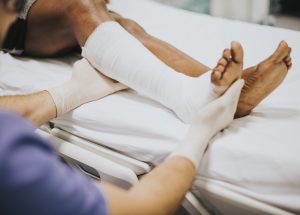Spinal Fractures
Learn about the different kinds of fractures of the spine and the different options for treatment.
Spinal fractures are breaks in any of the bones of the spinal column. They typically occur as a result of trauma, but can be a result of softening of the bones (such as in osteoporosis).
Although fractures are more common in the mid and lower spine (thoracic and lumbar spine), they can certainly occur in the bones of the neck (cervical spine) as well. When associated with instability or compression of nerves, fractures can often lead to symptoms including pain, weakness, numbness and tingling.
What causes a fracture?
Fractures occur when excessive loads are applied to the bones causing them to fail. Since normal bones usually do not fail under typical loads, the most common reason normal bones break is from traumatic injury. Common causes of traumatic injury to the spine include falls and car accidents.
Signs and symptoms
If the injured parts of the spine push against spinal nerves, patients can experience severe pain down their arms and/or legs. This is often called a radiculopathy. In addition to pain, pressure on nerves from fractures can also cause numbness, tingling, burning, and weakness in your arms and/or legs.
Fractures that lead to compression on the spinal cord can cause paralysis. The spinal cord ends around the first lumbar vertebra. Past this level, the spinal canal contains nerves that travel down the canal and exit at the appropriate level. This bundle of nerves below the end of the spinal cord within the spinal canal is called the cauda equina, which literally means “horse’s tail.”
Severe compression on the cauda equina in the setting of a fracture can lead to a rare but emergent situation called cauda equina syndrome. Symptoms of this syndrome include:
- Difficulty urinating
- Difficulty having a bowel movement
- Numbness and tingling in your inner thighs and groin
If you experience bowel or bladder problems and have progressively worsening weakness in your arms or legs, you should seek medical attention immediately.
What is a compression fracture?
Compression fractures occur when a vertebral body is exposed to a force that flexes the spine. This can cause the front of the vertebral body to lose height such that the normal rectangular shape of the vertebral body appears as a wedge. This is commonly seen in older patients with low bone density (osteoporosis).
In the setting of low bone density, a compression fracture can occur with minimal trauma. These fractures in patients with osteoporosis tend to occur in the thoracic and lumbar spine. Most patients present with back pain, but they can also have a radiculopathy if fragments of the fracture are compressing nerves.
Diagnosis
The diagnosis of a fracture is first suspected after a thorough history and physical examination. After a detailed examination, the diagnosis can be initially evaluated with plain X-rays and sometimes further evaluated with a CT scan or MRI of the spine.
Treatment
Most patients with stable traumatic spine injuries can initially be treated conservatively with bracing and/or pain management.
Patients with more severe and unstable injuries usually require surgical intervention. The procedure of choice depends on the injury but the goals of surgery are always the same: to stabilize the spine and decompress the nerves. Your surgeon can go over the advantages and disadvantages of each of these treatment options with you.





